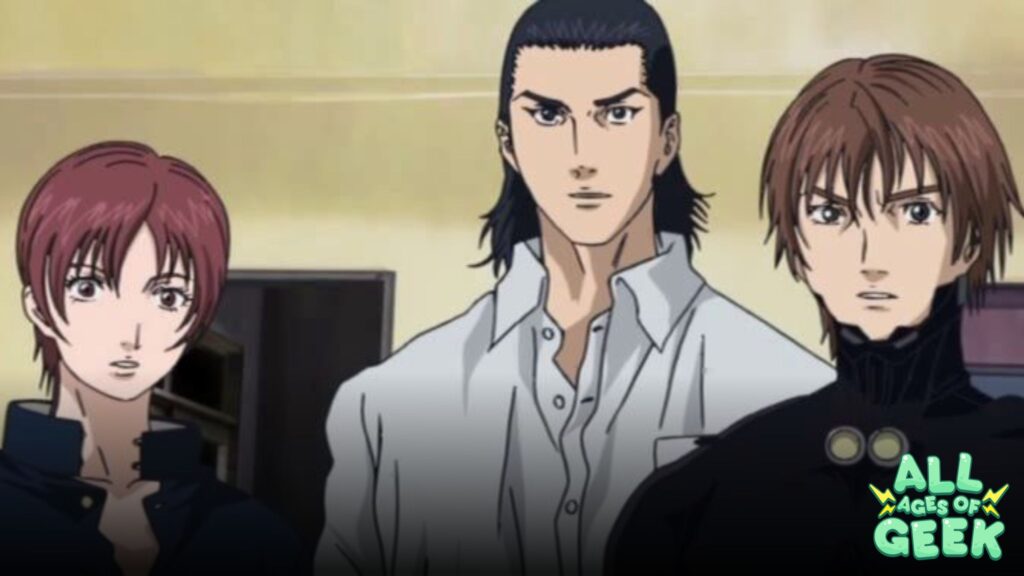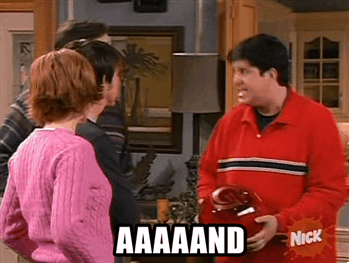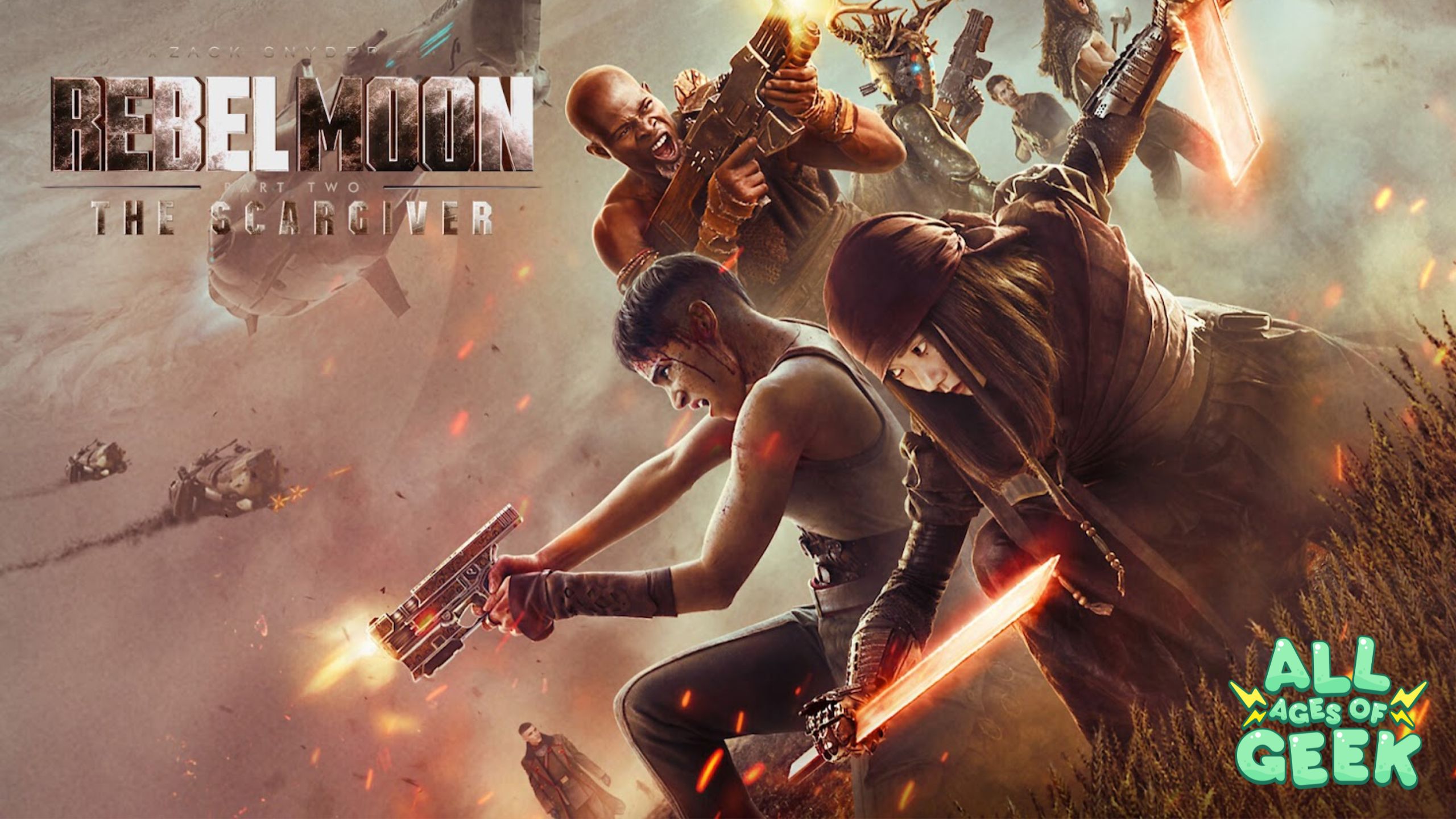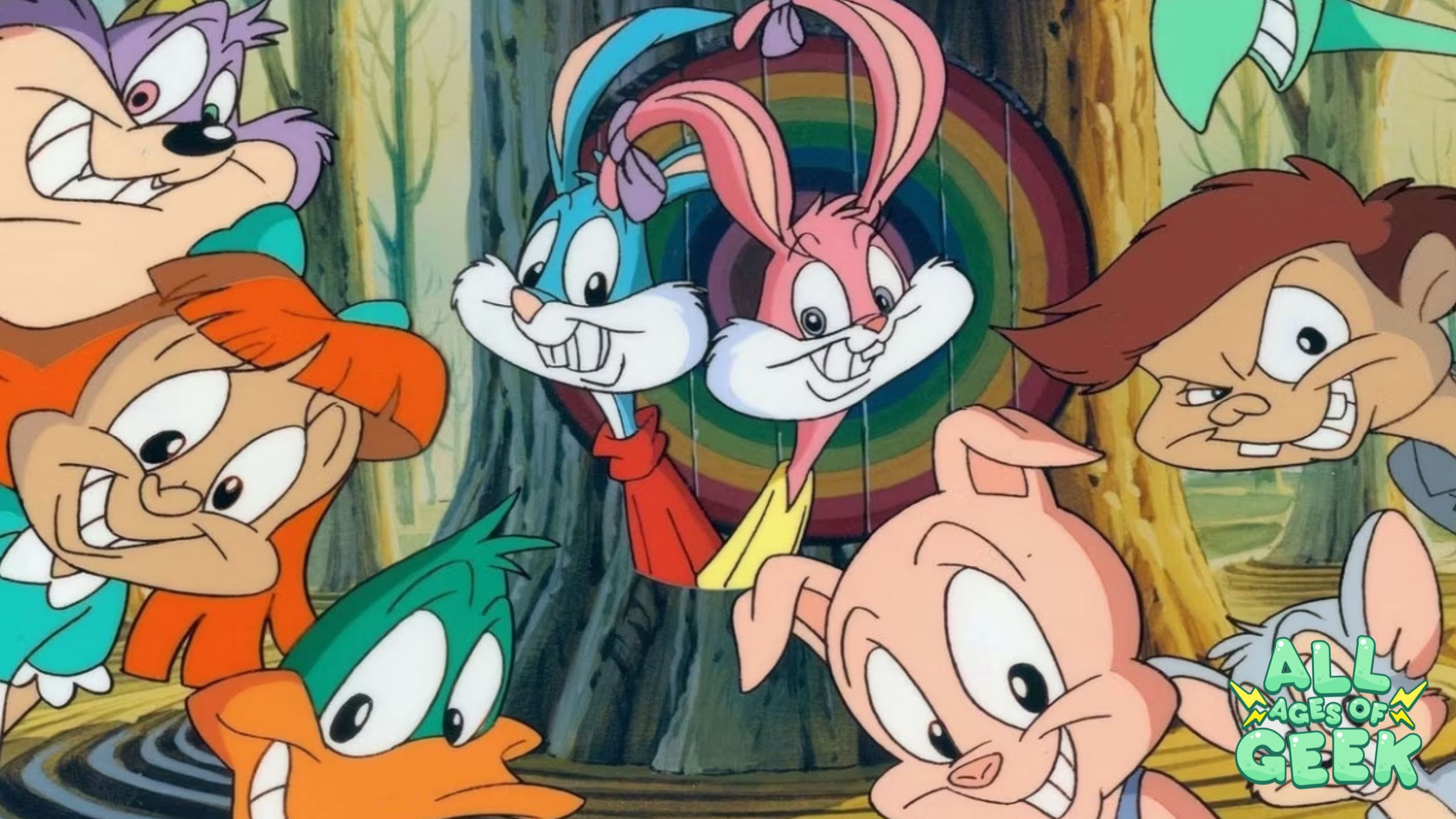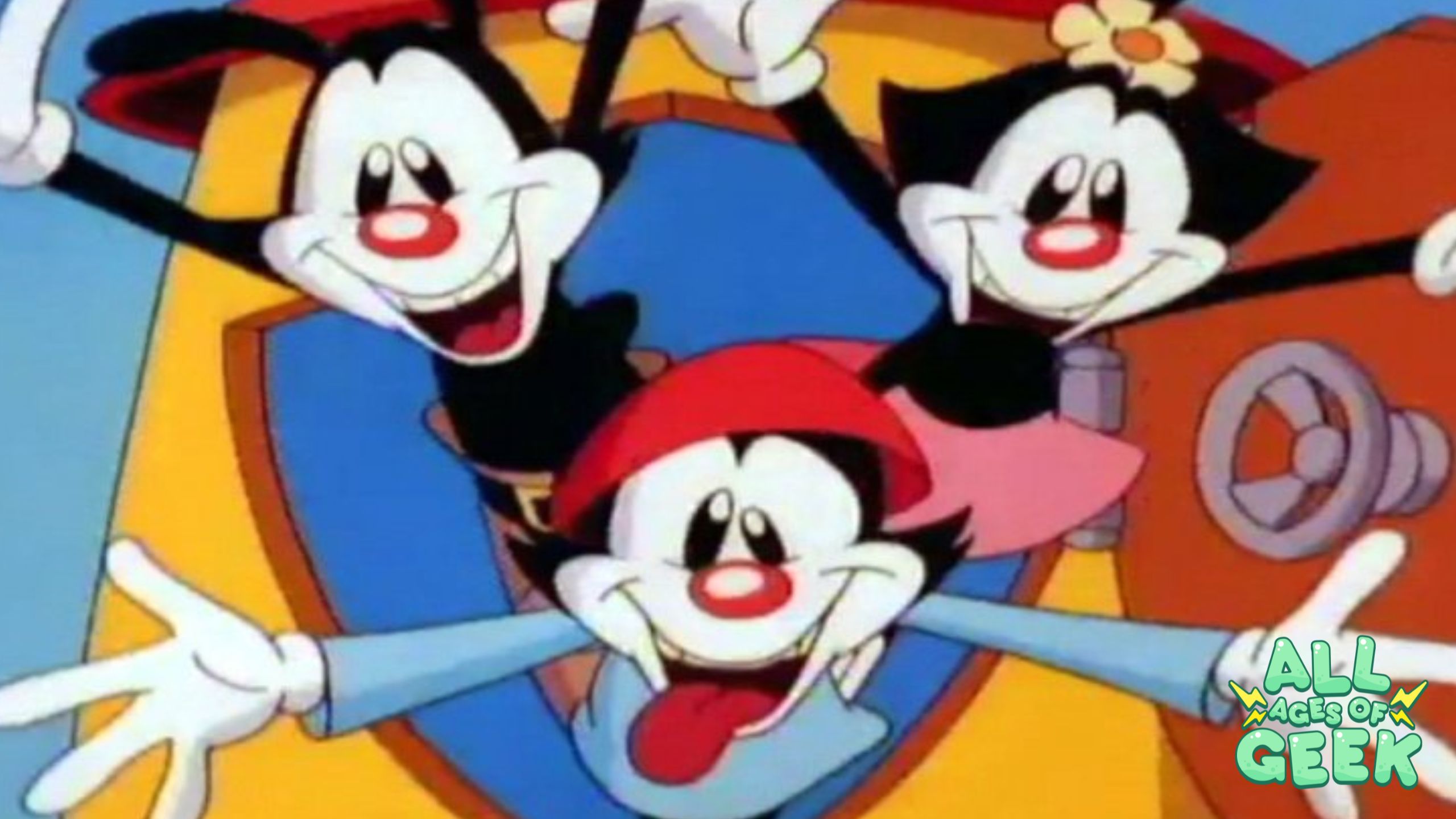Gantz is Studio Gonzo’s 2004 sci-fi, cosmic horror-fueled action spectacle. Adapted from Hiroya Oku’s manga, Gantz is directed by Ichiro Itano and written by Masashi Sogo. The 26-episode run follows teenagers Kei Kurono and Masaru Kato, who are mangled and dismembered attempting to save a stranger from an oncoming train.

The two wake up in an apartment with a bunch of other newly deceased folks — and giant reflective orb, which is really just the Gamesphere from Drake & Josh but sadistic and somewhat sentient.
The Gantzpher informs Kurono and crew that to return to their lives, they must rack-up 100 points hunting aliens in the city, and provides them with guns and spandex, every anti-hero’s dream.
Gantz depicts one of the more unforgiving worlds I’ve seen in anime; it is deeply cynical and isolating. There are disturbing scenes of bullying, sexual violence, maiming — and most of the world continues on uncaringly. There is also a dark, callus humor which coats the show in a thick layer of glorified despondence. Its this confluence of bitterly comedic dialogue and trauma that make Gantz a tonally exhausting, but engaging experience.
Kurono is distant, deviant, opportunistic, and lacks basic compassion. He has no homies and no real integrity. His co-lead Kato, on the other hand, is the most empathetic character of the group and deals with anxieties about being his little brother’s only support figure.
The series does a good job contrasting Kurono and Kato’s respective stakes in surviving Gantz. Not only do we feel for the gravity of Kato’s responsibility, but we also get a severe glimpse at the harrowing costs of loneliness, and feelings of uselessness experienced by Kurono. If there is a glimmer of hope, it comes in the form of Kurono being forced to squad-up with and depend on the other Gantz participants.
Visually and stylistically, Gantz presents its narrative through an absurdist, industrial surrealist-nightmare. There is plenty of hi-tech grit and grime, and perverse pop-culture references, blended with creature designs pulling from the bizarre dreamscapes you’d see in The Garden of Earthly Delights by the painter, Hieronymus Bosch, or Salvidor Dali’s nightmares. Or the more contemporary guro work from Shintaro Kago or horror mangaka Junji Ito.
I find the design at its peak creepiness when combining religious iconography with uncanny-valley-face, playing into the fear of the unknown and cosmic horror. The aliens are never fully explained and don’t have overt rule-sets allowing the protagonists and viewer to assume a plan of attack swiftly. The action choreography and animation of violence are weighty; it doesn’t feel empowering or cool to watch, but rather, a brutal depiction of combat. Subtle focus-pulls and hearty camera-shake achieve the disorienting nature of the situation.
Gantz has a decent amount of captivating imagery and shares some compulsive meditations on; self-worth, or intrinsic worth in human life, isolation, and trauma — most of which is bundled up in arguably problematic depictions of suffering and sadism. I won’t dismiss this work as some edge-lord TV static. It’s certainly not the most accessible way to reflect on one’s feelings, but it works for some and is entertaining enough.


